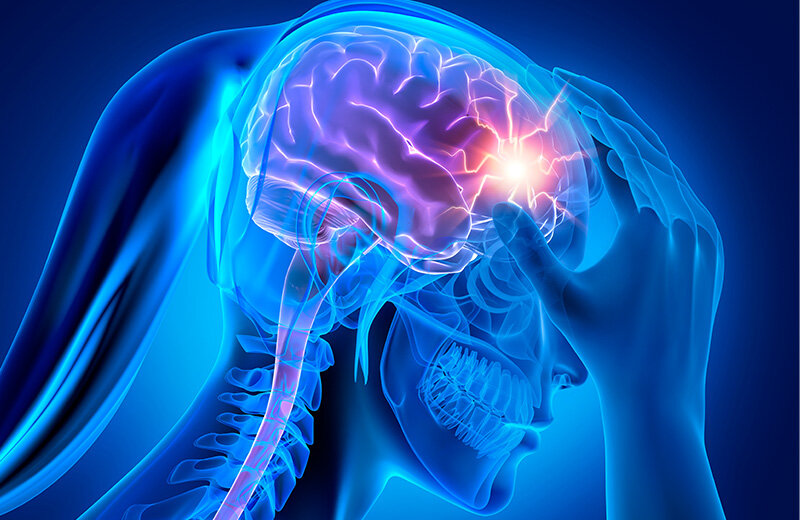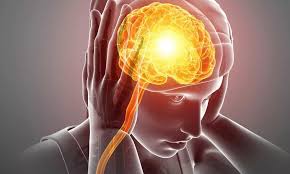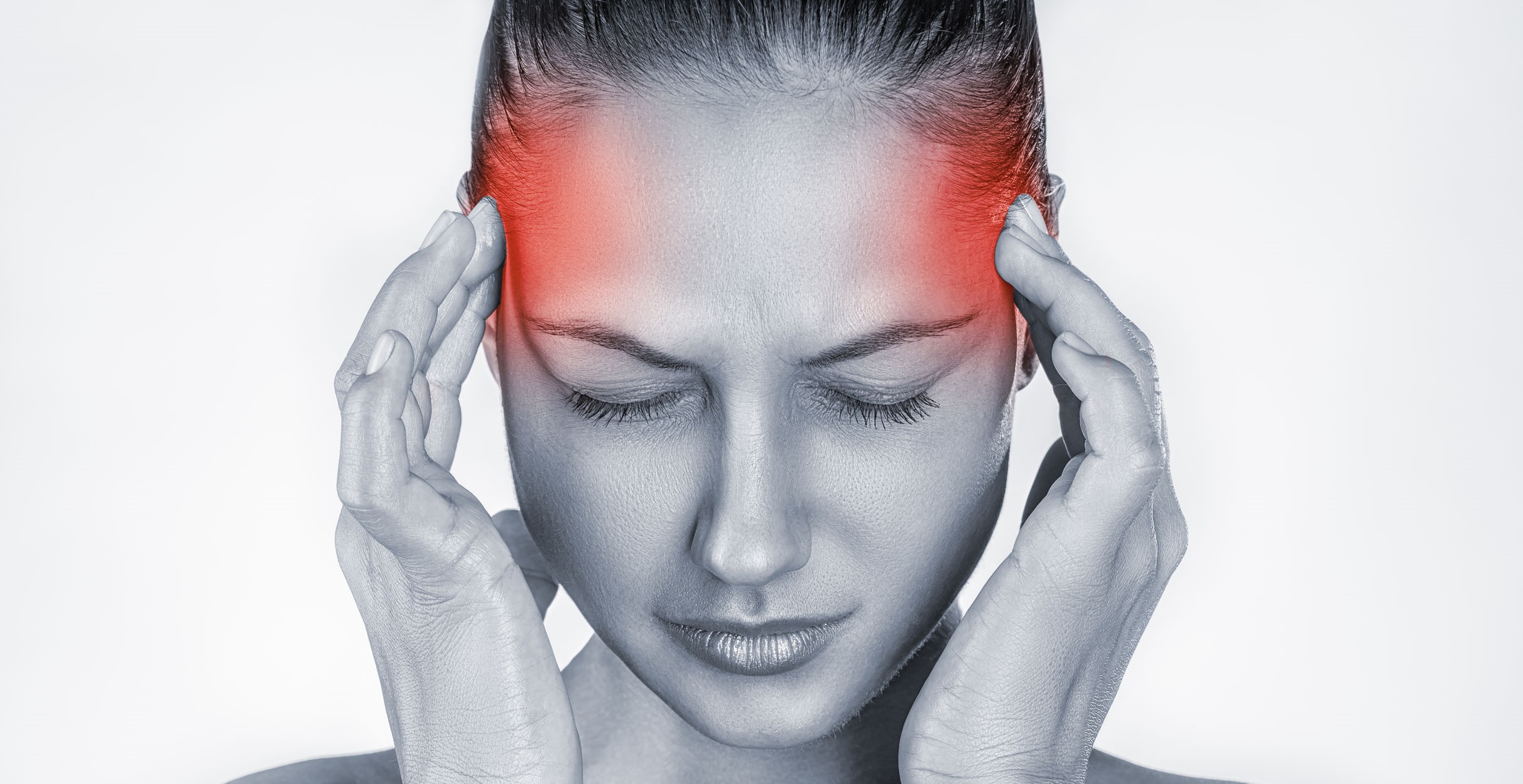Basilar type migraine, Headache, Migraine, Severe pain.
What is Migraine with brainstem aura?
A migraine with predominant brainstem aura symptoms is known as a basilar migraine.
The use of basilar artery, basilar-type or basilar is misleading as it implies that the basilar artery is the origin of the attack. migraine with brainstem aura were the result of short-term narrowing or spasm of the basilar artery.
Root Cause of Disease
MBAs may be caused by a change, or mutation, in the ATP1A2 gene or CACNA1A gene. Although the exact causes of migraine with brainstem aura are not known, scientists do agree that environmental and lifestyle triggers can bring on this type of migraine attack.
Symptoms
Migraine with brainstem aura is a migraine-type that has aura symptoms originating from the base of the brain (brainstem) or both sides of the brain (cerebral hemispheres) at the same time.
People who experience migraine with brainstem aura also experience migraine with typical aura symptoms, including
- Visual (Examples include sparkles or zigzag lights in the vision that may move or get larger. Generally, on only one side of your vision).
- Sensory (Examples include numbness or tingling that travels up one arm to one side of the face).
- Speech/language symptoms (Examples include trouble producing words even though you know what you want to say or trouble understanding what people are saying).
Each symptom is fully reversible and usually only lasts up to 60 minutes each. There should not be any motor (weakness or paralysis) or retinal (vision changes or loss in one eye only) symptoms.
In addition, people with migraine with brainstem aura get brainstem aura symptoms such as:
- Dysarthria (slurred speech)
- Vertigo (feeling of movement/spinning of self or environment)
- Hypacusis (impaired hearing)
- Diplopia (double vision)
- Ataxia (Unsteady/Uncoordinated movements)
- Decreased level of consciousness
- Feeling nauseous
- Feeling as though your surroundings are spinning, to the point where you may not be able to stand up straight (known as vertigo)
- Having double vision (not able to focus your eyes or seeing two of everything)
- Feeling confused or disoriented
- Not being able to speak or pronounce words properly (slurred speech)
- changes in your ability to hear (such as hearing ringing in your ears, which is called tinnitus)
- Having an extremely painful headache
- Not being able to control your muscles (known as ataxia)
- Blacking out and losing consciousness
Causes
Experts do not know what causes basilar migraine, also known as migraine with brainstem aura. However, several external factors can trigger these episodes.
Triggering factors include:
- Stress
- Alcohol
- Caffeine
- Nitrites in food
- Prolonged hunger
- Bright lights
- Motion sickness
- Lack of sleep
- Strong smells, including some perfumes
- Rapid changes in barometric pressure or weather
- Having overweight
- Overuse of headache medications
Home remedies to treat Hemiplegic Migraine
Remedy – 1: Panchakarma therapy
Panchakarma therapy is meant to detoxify, or purify, the body. This is said to remove toxins contributing to your migraine.
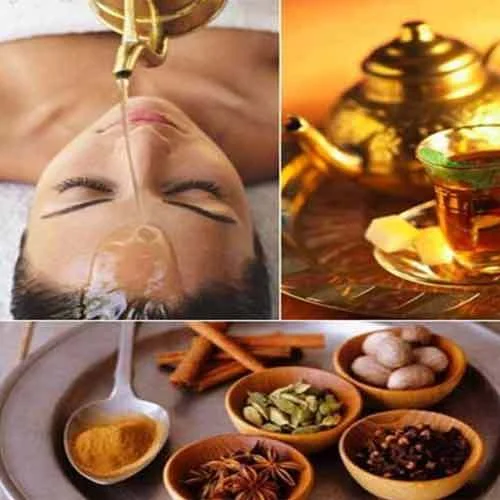
Examples of purification treatments include:
- Pouring medicated oil into the nose (nasya karma)
- Whole body oil massage
- Eating medicated ghee
- Sweating therapy
Remedy – 2: Yoga
Yoga is an ancient practice that brings together your mind and body. It incorporates various breathing techniques and poses to promote relaxation.
By calming your mind and body, yoga helps ease stress and anxiety and may also reduce sensitivity to pain, including migraine pain.
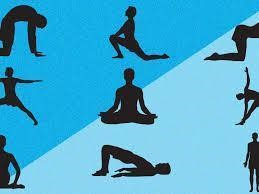

Poses that may be especially beneficial for migraine relief include:
- Child’s Pose
- Downward-Facing Dog
- Bridge Pose
Remedy – 3: Essential Oil Anti-Pain Massage
Materials:
- 1 tablespoon (15 ml) carrier oil (try almond, apricot, or olive)
- 3 to 5 drops peppermint essential oil

Procedure:
Place the oils in a clean, small jar. Cover tightly with a lid. Shake until combined. Massage into sore areas: neck, shoulders, jaw, or temples. Take care not to touch your eyes. When finished, lie down in a quiet place with your eyes shut.
Product Link: Essential Oils
Remedy – 4: Ksheera Ghrita
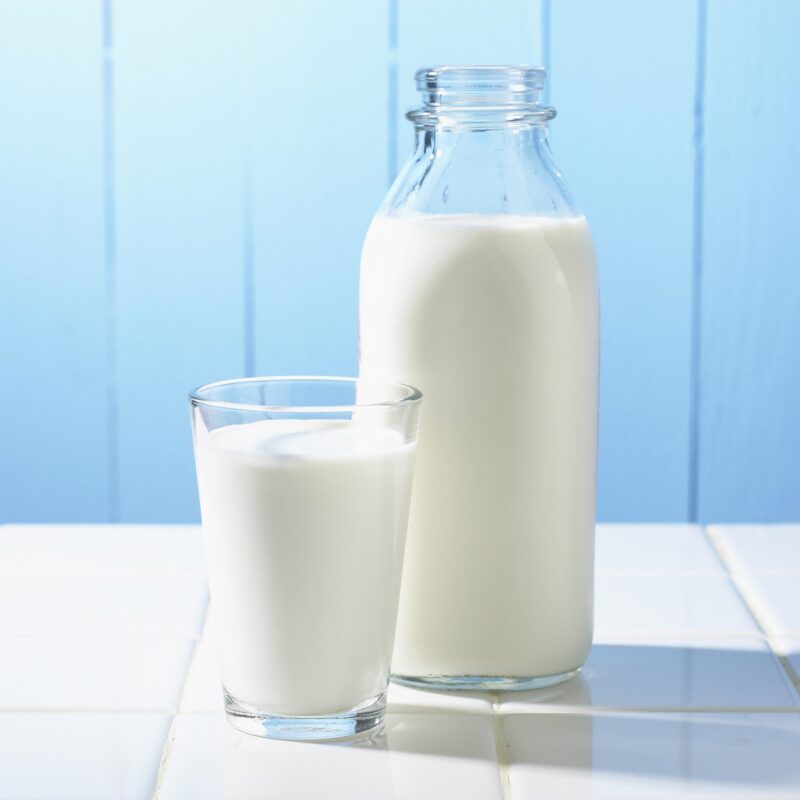
Ksheera Ghrita, which is essentially a glass of milk mixed with ghee, is a fantastic natural drink to effectively mend migraine headaches. The wealth of nutrients such as calcium, proteins, healthy fats, vitamin D and vitamin E all work in synergy, to uplift mood, stimulate the nervous system, enhance productivity and regulate metabolism, thus pacifying throbbing pain in the head due to migraines.
Remedy – 5 : Ginger-Feverfew Elixir
Materials:
- 2 cups (235 ml) water
- 1 teaspoon (3 g) finely grated fresh ginger,
- Packed 1 teaspoon (2 g) chopped fresh feverfew leaves, or 1⁄2 teaspoon dried Honey or agave nectar
Procedure:
Bring the water to a boil. Add the ginger and simmer, uncovered, for 10 minutes. Remove from the heat and add the feverfew leaves. Cover and steep for 15 to 20 minutes. Strain out the ginger and feverfew. Stir in honey to taste, and serve hot.
Product Link: Ginger-Feverfew Elixir
Remedy – 6: Honey-Cinnamon Coffee
Materials:
- 1 cup (235 ml) freshly brewed coffee
- 1⁄4 cup (60 ml) almond or other non dairy milk
- 1⁄4 teaspoon vanilla extract
- 2 tablespoons (40 g) honey
- 1⁄4 teaspoon ground cinnamon
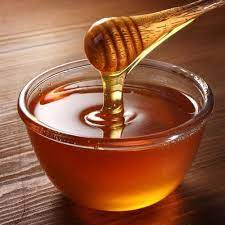
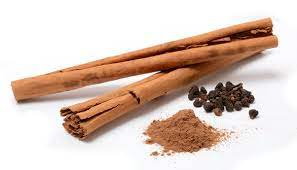
Procedure:
In a saucepan, combine the coffee, non dairy milk, and vanilla. Warm until hot, but do not boil. Stir in the honey until dissolved. Stir in the cinnamon.
Remedy -7: Put It on Ice
Materials:
- 1⁄2 cup (115 g) crushed ice
- 3 drops lavender essential oil

Procedure:
Place the ice in a resealable plastic bag and seal.(A good substitute is a bag of frozen peas or corn.) Wrap the bag of ice in a damp washcloth and secure it with a safety pin. Dot the essential oil onto the cloth and spread across the cloth with your fingertips. Apply the wrapped bag to the painful area, with the cloth against your skin.
Product Link: Lavender essential oil
Preventions
A doctor may prescribe preventive interventions, such as:
- Botoxinjections
- Seizure-reducing medications, such as topiramate (Topamax)
- Verapamil (Isoptin), which can lower blood pressure
Certain lifestyle changes may also help reduce the occurrence of migraine episodes. A person might benefit from:
- Avoiding dietary triggers, such as alcohol and caffeine
- Exercising regularly
- Finding ways to reduce stress
- Eating a balanced diet
- Getting regular sleep
- Not skipping meals
- Reducing exposure to noise

